Remedy for Garden Paths/Ways
biradarcm
12 years ago
Related Stories
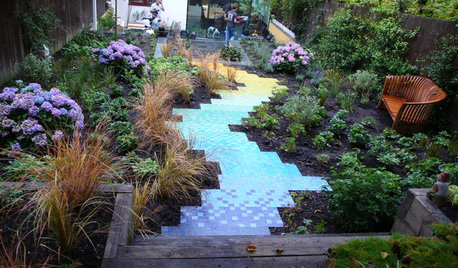
LANDSCAPE DESIGN24 Garden Paths to Inspire Memorable Journeys
Winding or straight, narrow or wide, densely or sparsely planted — there’s more than one way to design a walk
Full Story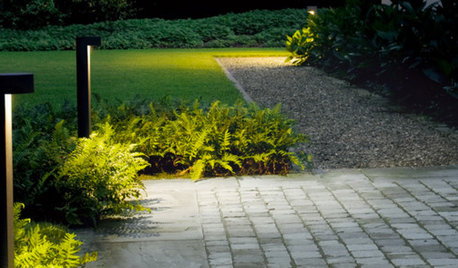
SHOP HOUZZLight Up a Path
Light the way through the garden or patio with these unique path lights
Full Story0
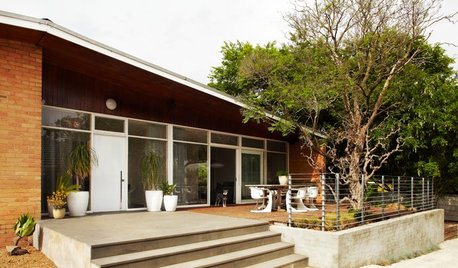
GARDENING AND LANDSCAPINGTake Back Your Front Yard: 8 Ways to Make It Social
If only trees and squirrels gather in your front yard, you're missing out on valuable socializing space. Here's how to remedy that
Full Story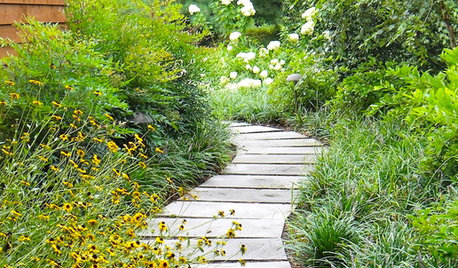
LANDSCAPE DESIGN7 Ways to Design a Garden That Flows and Intrigues
Transform a staccato yard into a smooth and relaxing delight by mastering the art of garden transitions
Full Story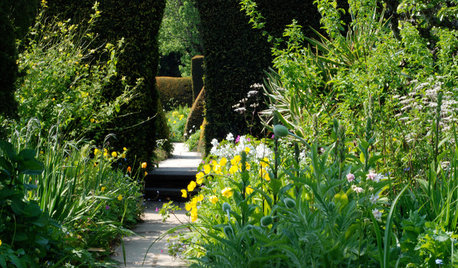
LANDSCAPE DESIGN8 Ways a Garden Can Draw You In
What's that beckoning from the far corners of the garden? Create a sense of discovery with cutouts, pathways, art and more
Full Story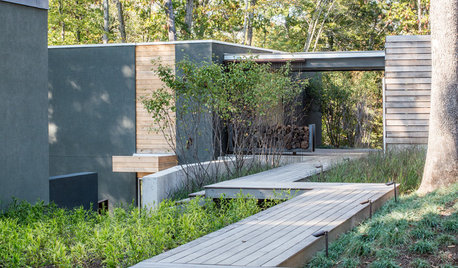
PATHSCreate Garden Mystery With a Zigzag Path
Foster intrigue by setting garden paths at angles ‘yatsuhashi’-style
Full Story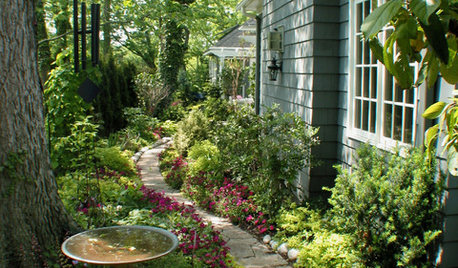
GARDENING AND LANDSCAPINGMagical Garden Paths
Get inspired by thousands of photos of garden path and walkway designs
Full Story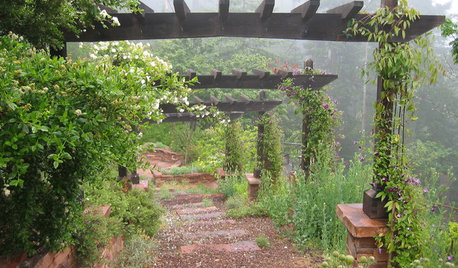
LANDSCAPE DESIGN3 Essential Elements of an Artful Garden Path
Make getting there half the fun with this insight from a landscape architect on designing a thoughtful path
Full Story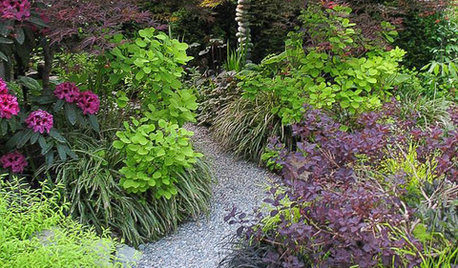
LANDSCAPE DESIGN5 Garden Path Looks for an Enchanting Journey
Take your pathway from predictable to exceptional, for a truly moving garden experience
Full Story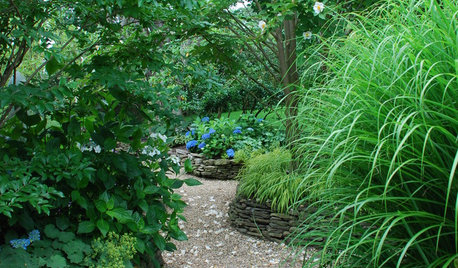
LANDSCAPE DESIGN15 Ideas for a Stunning Garden Path
Let your imagination roam as you consider the many types of walkways possible in your garden
Full Story







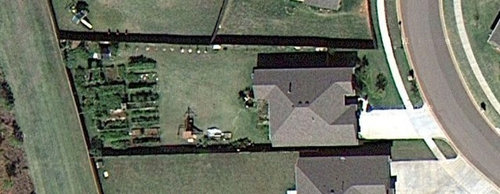

helenh
slowpoke_gardener
Related Professionals
Arlington Landscape Architects & Landscape Designers · Prairie Ridge Landscape Architects & Landscape Designers · Springfield Landscape Contractors · East Haven Landscape Contractors · Mahwah Landscape Contractors · New Baltimore Landscape Contractors · Saint John Landscape Contractors · Santa Maria Landscape Contractors · Bowie Decks, Patios & Outdoor Enclosures · Castle Rock Decks, Patios & Outdoor Enclosures · Conroe Decks, Patios & Outdoor Enclosures · Fredericksburg Decks, Patios & Outdoor Enclosures · Greeley Decks, Patios & Outdoor Enclosures · Vero Beach Decks, Patios & Outdoor Enclosures · West Bend Decks, Patios & Outdoor EnclosuresOkiedawn OK Zone 7
soonergrandmom
joellenh
ezzirah011
Lisa_H OK
helenh
biradarcmOriginal Author
Nancy Fryhover
seedmama
ezzirah011
cjlambert
Okiedawn OK Zone 7
slowpoke_gardener
helenh
joellenh
soonergrandmom
joellenh
ezzirah011
Okiedawn OK Zone 7
hiites
biradarcmOriginal Author
Tractorlady63
joellenh